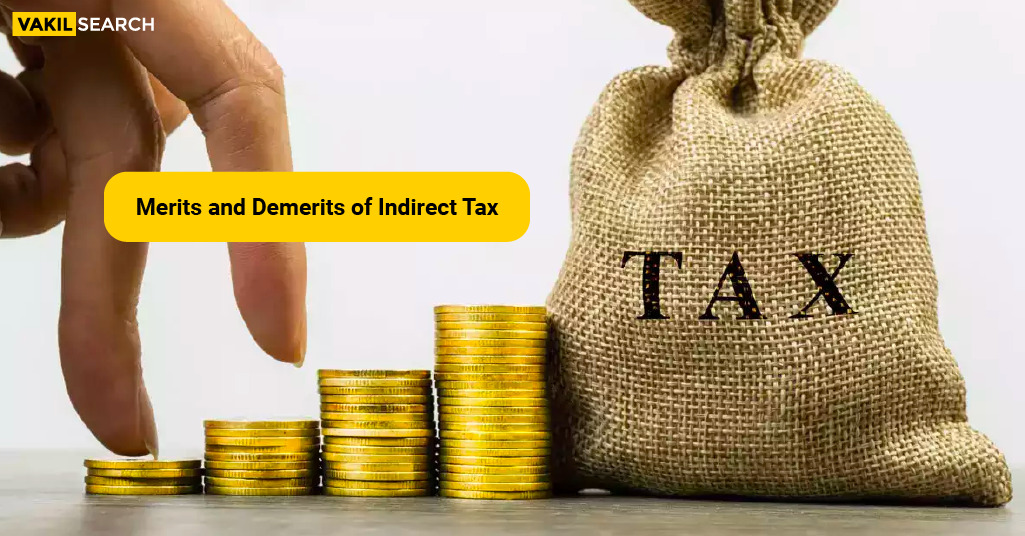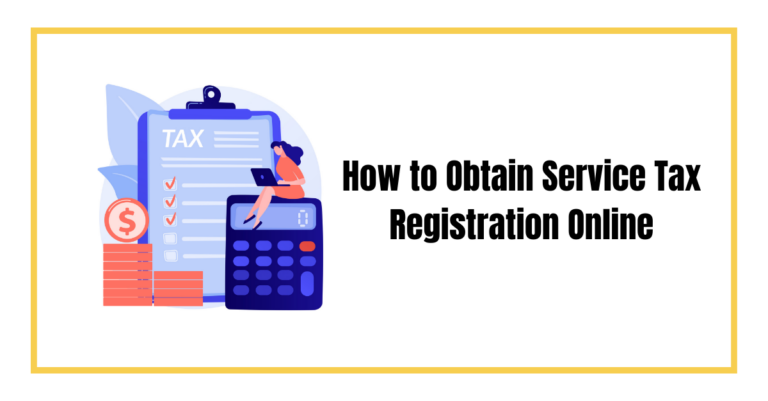Indirect taxes are a form of taxation that is levied on goods and services, as opposed to direct taxes which are imposed on individuals and businesses based on their income, property, or wealth. Indirect taxes are typically embedded in the prices of goods and services and are collected by businesses on behalf of the government.
What Are Indirect Taxes?
Direct and indirect taxes are the two types of taxes in India. While a taxpayer pays direct taxes to the government up front, indirect taxes are levied on the expenses they spend. To properly plan for your tax liability, it is important for you as a taxpayer to comprehend the scope and extent of both types of taxes. Although most people are aware of direct taxes (such as income tax, surcharges, etc.), indirect taxes are not so popular. Indirect taxes are indirectly imposed on the taxpayer, as the term suggests. These taxes are assessed against the producers and/or dealers of goods that are distributed to consumers. They do indirectly pay the tax. The Goods and Services Tax (GST) is the best example of an indirect tax. Lets check what are the Merits and Demerits of Indirect Tax.
What Are the Features of Indirect Taxes?
- Tax liability: The buyer is now responsible for paying the government’s indirect taxes instead of the service provider or seller.
- Tax payment: Indirect taxes are paid to the government by the seller and passed on to the buyer.
- Nature: Although indirect taxes were initially backward or say, negative, they are now largely progressive as a result of the Goods and Services Tax.
- Saving and investing: Since indirect taxes incentivise consumer saving and investing, they are often growth-oriented.
- Evasion: Because indirect taxes are now applied directly to goods and services, it is challenging to do so.
Advantages of Indirect Taxes
- Only those in specific income brackets are subject to direct taxes, such as income tax. A sizable portion of the population does not pay income tax. However, regardless of their income level, everybody who purchases products or commodities is subject to Indirect taxes. As a result, indirect tax is a model of inclusive taxation.
- Indirect taxes are typically extremely minimal and included in the cost of a good or commodity. So, when paying them, customers don’t feel the pressure. Additionally, since the sellers include it in the selling price, levying indirect tax is simple.
- Many people do not evade taxes. In such a big nation, it is incredibly challenging to identify and punish tax evaders. However, it is impossible to avoid paying indirect taxes. A tax is paid each time a commodity is purchased.
Disadvantages of Indirect Taxes
- Since they are not assessed according to taxpayer income, indirect taxes have the potential to be seen as unfair. Both the wealthy and the less fortunate use them. Rich people may not mind paying indirect taxes, but the impoverished may find it burdensome. As a result, many people may consider indirect taxes to be progressive.
- Since indirect tax is already factored into the cost of the commodity, it may raise the price of all commodities and items overall. Not all vendors figure out the precise tax amount and include it in the asking price. To guarantee complete tax conformity, many dealers charge a little bit more. Additionally, this may cause unwarranted price inflation.
Understanding Direct Taxes
Direct taxes represent a fundamental component of a country’s fiscal structure, characterised by their direct imposition on an individual’s income, preventing the possibility of passing the burden to others. In India, several direct taxes contribute to the government’s revenue and socioeconomic objectives.
Direct Taxes in India:
- Income Tax: Imposed on individuals based on their income, necessitating annual tax return filings. This progressive tax system places individuals in different brackets, determining their tax liability or eligibility for a refund.
- Corporate Tax: Applicable to companies operating in India, taxing profits generated from business operations. Unlike individual income tax, corporate tax is calculated at flat rates specified by the government.
- Securities Transaction Tax (STT): Levied on transactions involving securities listed on recognised stock exchanges. STT is an additional charge over the trade value, contributing to the overall transaction cost.
- Estate and Wealth Taxes: Previously imposed, these taxes have been abolished, streamlining the tax structure.
Advantages of Direct Taxes:
- Inflation Control: Direct taxes act as a tool for the government to manage inflation. During periods of monetary inflation, the government can adjust tax rates to reduce demand for goods and services, consequently curbing inflation.
- Social and Economic Balance: Direct taxes contribute to achieving a more balanced income distribution and addressing economic disparities. Through well-defined tax slabs and exemptions, the government endeavours to promote social and economic equilibrium.
Common Disadvantage of Direct Taxes:
- Time-Consuming Procedures: Despite their advantages, direct taxes are associated with a notable drawback—the time-consuming process of filing tax returns. Navigating through intricate documentation and compliance requirements can be challenging and cumbersome for taxpayers.
Conclusion:
Get in touch with our legal tax experts, they will give you tax-saving hacks! Talk to CA expert today!
FAQs:
Are indirect taxes the same as sales taxes?
No, indirect taxes are a broader concept that encompasses various types of taxes, including sales taxes, value added taxes, excise taxes, customs duties, etc. Sales taxes are a specific type of indirect tax that is levied on the final sale of goods and services.
How do indirect taxes affect consumers?
Indirect taxes can impact consumers in several ways. They can increase the prices of goods and services, leading to higher costs of living. Indirect taxes can also result in reduced purchasing power, particularly for lower-income individuals and households who may bear a higher proportion of the tax burden.
Do businesses benefit from indirect taxes?
Businesses act as collectors of indirect taxes on behalf of the government, and they may receive compensation for the administrative costs associated with tax collection. However, businesses may also face challenges, such as increased compliance costs, reduced consumer demand due to higher prices, and potential negative impacts on profitability.
How do indirect taxes impact government revenue?
Indirect taxes can be a significant source of revenue for governments, as they are levied on a wide range of goods and services consumed by the general population. The revenue generated from indirect taxes can be used to fund various public services and programs, such as infrastructure development, education, healthcare, and social welfare initiatives.
Can indirect taxes be used as a policy tool?
Indirect taxes can be used to influence consumer behavior and promote desired outcomes. Higher taxes on products like tobacco, alcohol, and sugary drinks discourage consumption and promote public health. Tax incentives or exemptions on specific goods or services can encourage consumption and promote certain industries or sectors. Governments can use indirect taxes as a policy tool.
What are the advantages or merits of direct tax?
Direct taxes offer several merits, including precise revenue collection, addressing income inequality through progressive tax slabs, curbing inflation by influencing spending patterns, and enabling the government to fund essential services and welfare programs, fostering social and economic balance.
What are two disadvantages of direct tax?
Direct taxes, while serving critical purposes, have drawbacks. One major disadvantage is the time-consuming nature of filing tax returns, creating administrative burdens. Additionally, high tax rates may discourage investment and economic activity, potentially hindering overall growth and productivity.
What is indirect tax with examples?
Indirect taxes are levied on goods and services rather than directly on income. Examples include Value Added Tax (VAT), Goods and Services Tax (GST), excise duty, and customs duty. These taxes are embedded in the product/service cost and paid by consumers during purchases.
What is indirect tax and direct tax?
Indirect taxes are applied to goods and services, and their impact shifts to the final consumer. In contrast, direct taxes are imposed on individuals or entities based on their income, and the taxpayer cannot transfer this tax liability to others. Both serve as vital revenue sources for the government.
Is excise tax direct or indirect in India?
In India, excise tax is considered an indirect tax. It is levied on the production or manufacture of goods, and the burden is ultimately borne by consumers. However, it's important to note that the distinction between direct and indirect taxes depends on the nature of the tax and its impact on the taxpayer.












